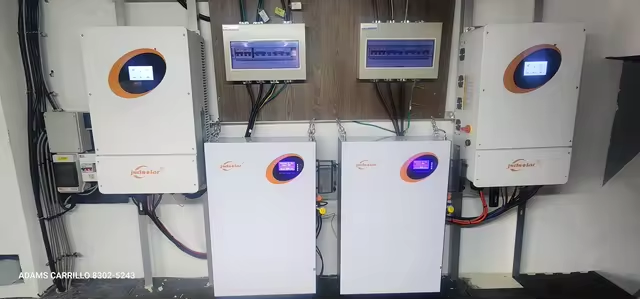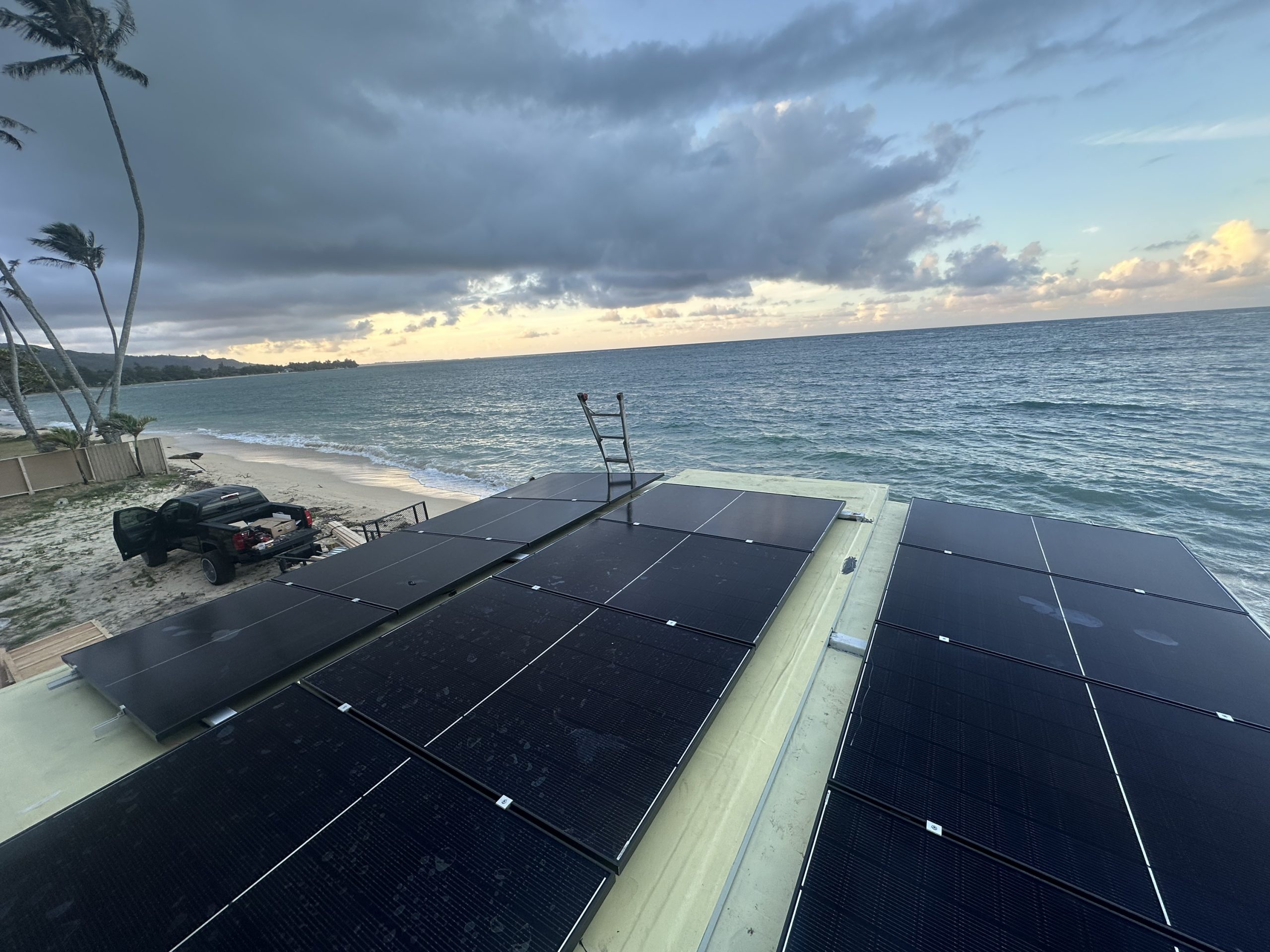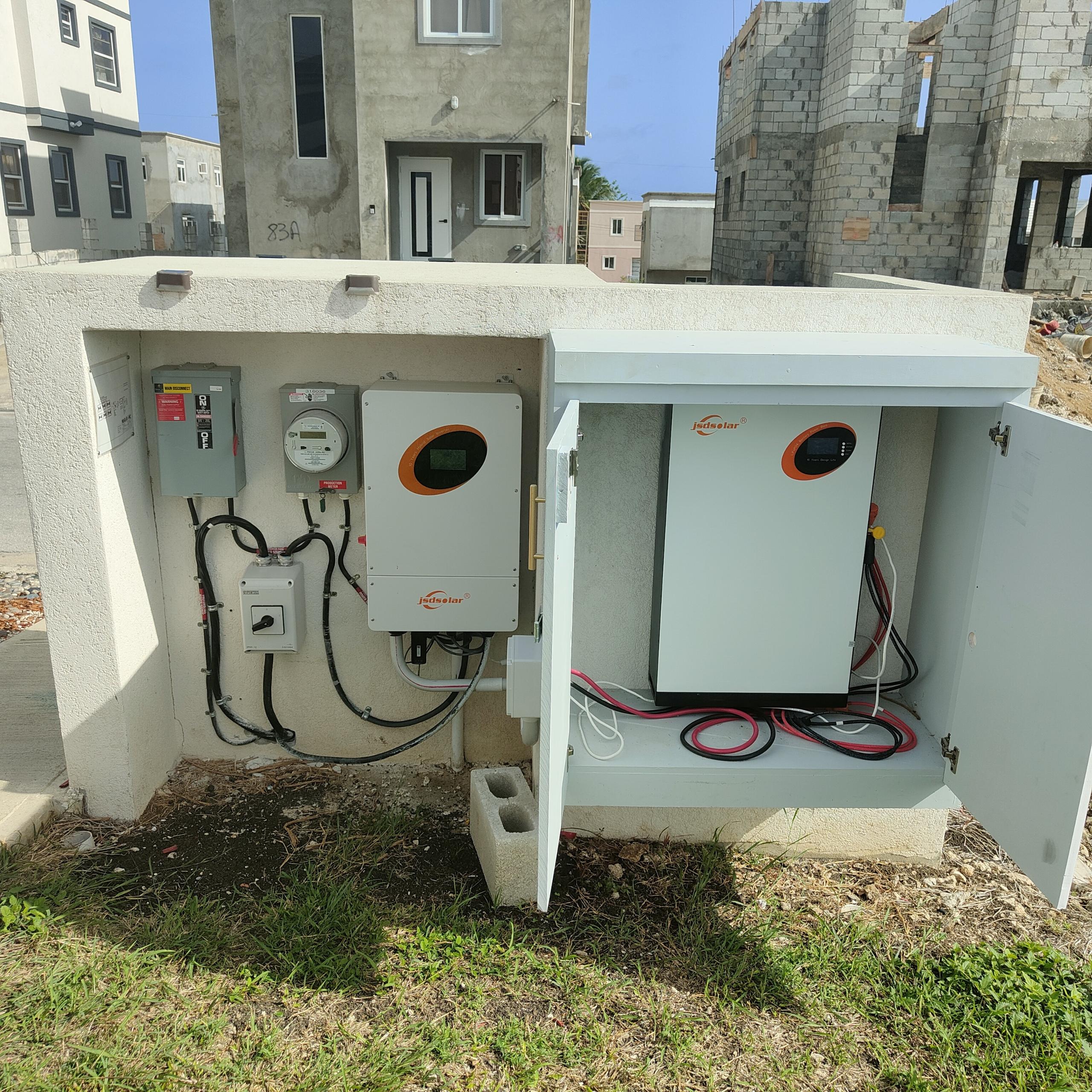How to Choose the Right Home Solar System: A Step-by-Step Guide
Core Question: As a homeowner, how do you select a solar system that fits your needs, budget, and lifestyle?
Key Decision Points:
- Should you install solar? Depends on energy costs, roof suitability, local incentives, and long-term plans.
- How many solar panels do you need? Calculate based on energy usage, roof space, sunlight, and budget.
- Which inverter is best? Choose from string, micro, or hybrid inverters based on efficiency, shading, and expansion plans.
- Do you need a battery? Prioritize backup power and energy independence if outages are common or time-of-use rates apply.
1. Should You Install a Solar System?
Before diving into solar, ask yourself these critical questions:
a) Are your electricity bills high?
If your monthly energy costs exceed $150, solar could save you money. The average U.S. household saves $1,500 annually with solar, according to the Solar Energy Industries Association (SEIA). However, if your utility rates are low (e.g., below $0.12/kWh), the payback period may stretch beyond 8–10 years, making solar less appealing.
b) Is your roof suitable?
Solar panels require:
- Space: At least 200–400 sq. ft. of unshaded roof area.
- Orientation: South-facing roofs (in the Northern Hemisphere) yield the best output.
- Condition: Roofs older than 15 years may need repairs before installation.
c) Do local incentives offset costs?
Federal tax credits (e.g., the U.S. 30% ITC), state rebates, and net metering programs can reduce upfront costs by 30–50%. Check databases like DSIRE (dsireusa.org) for incentives in your area.
d) Will you stay in your home long-term?
Solar panels pay for themselves in 6–10 years. If you plan to move sooner, ensure the system adds resale value (studies show solar homes sell 20% faster).
Bottom Line: Solar is worth it if you have high energy bills, a suitable roof, access to incentives, and plan to stay in your home for 5+ years.
2. How Many Solar Panels Do You Need?
Sizing your system involves three steps:
Step 1: Calculate your energy usage
Review 12 months of utility bills to find your annual kWh consumption. The average U.S. home uses 10,700 kWh/year. Divide this by your area’s “peak sun hours” (e.g., 4 hours/day in California) to estimate system size:\
Step 2: Assess roof space
Most residential panels are 65" x 39" (17.5 sq. ft.) and produce 400W. For a 6 kW system, you’ll need 15 panels (~262 sq. ft.). Use tools like Google Project Sunroof to map your roof’s solar potential.
Step 3: Balance budget and future needs
- Budget: Systems cost $2.50–$3.50 per watt before incentives. A 6 kW system ranges from $15,000–$21,000.
- Future-proofing: If you plan to buy an EV or heat pump, add 20–30% capacity.
Pro Tip: Use the National Renewable Energy Laboratory’s (NREL) PVWatts Calculator to simulate energy production based on your location.
3. Choosing the Right Inverter
Inverters convert solar DC power to usable AC electricity. Three types dominate the market:
a) String Inverters
- Pros: Affordable ($1,000–$2,000 for a 6 kW system), simple to install.
- Cons: Entire system underperforms if one panel is shaded.
- Best for: Unshaded roofs and tight budgets.
b) Microinverters
- Pros: Each panel operates independently, maximizing output in shaded areas. 25-year lifespan vs. 10–15 years for string inverters.
- Cons: 20–30% more expensive upfront.
- Best for: Complex roofs or partial shading.
c) Hybrid Inverters
- Pros: Compatible with batteries for future expansion.
- Cons: Higher initial cost ($2,000–$4,000).
- Best for: Homes planning to add storage later.
Key Metrics:
- Efficiency: Look for >97% efficiency (e.g., Enphase IQ8 or SolarEdge HD-Wave).
- Warranty: Opt for at least 10–12 years.
4. Do You Need a Battery?
Batteries store excess solar energy for use at night or during outages. Consider one if:
a) You experience frequent power outages
A battery like the Tesla Powerwall ($11,000–$14,000 installed) provides backup power but adds 30–50% to system costs.
b) Your utility has time-of-use (TOU) rates
Store solar energy during cheap off-peak hours and use it during expensive peak times.
c) You want energy independence
Batteries reduce reliance on the grid, but ROI is longer (10–15 years vs. 6–10 years for solar alone).
Alternatives:
- Net metering: Sell excess power to the grid for bill credits (no battery needed).
- Grid-tied systems: Lower upfront cost but no backup power.
Battery Cost Trends: Prices have dropped 80% since 2010, making them viable for more homeowners.
Final Checklist:
- Run the numbers: Estimate your savings.
- Get multiple quotes: Compare installers’ pricing, warranties, and equipment.
- Plan for the future: Opt for scalable systems if you anticipate higher energy needs.
By addressing these four pillars, you’ll make an informed decision that aligns with your energy goals and financial reality. Solar isn’t a one-size-fits-all solution—but with careful planning, it can be a game-changer for your home and wallet.












